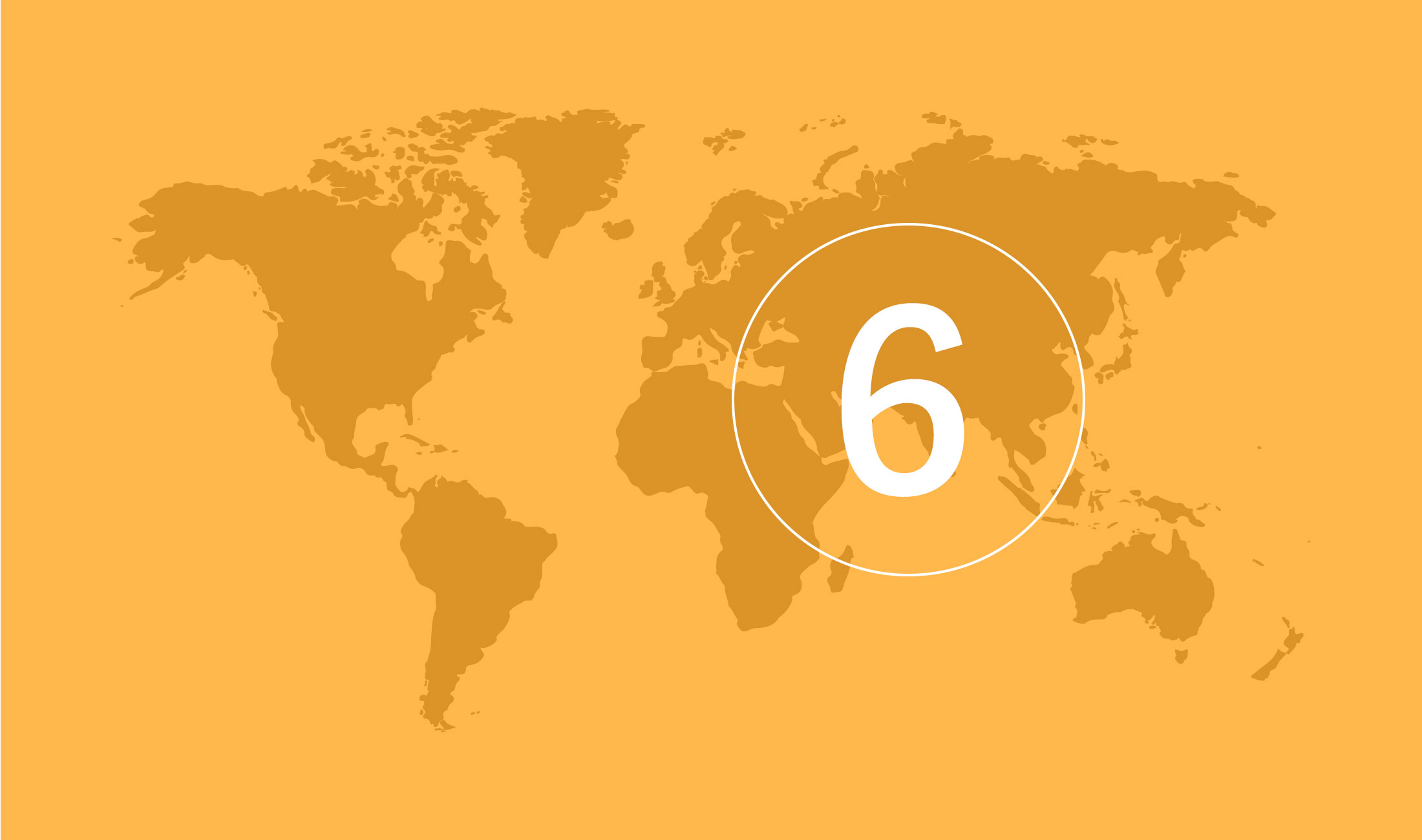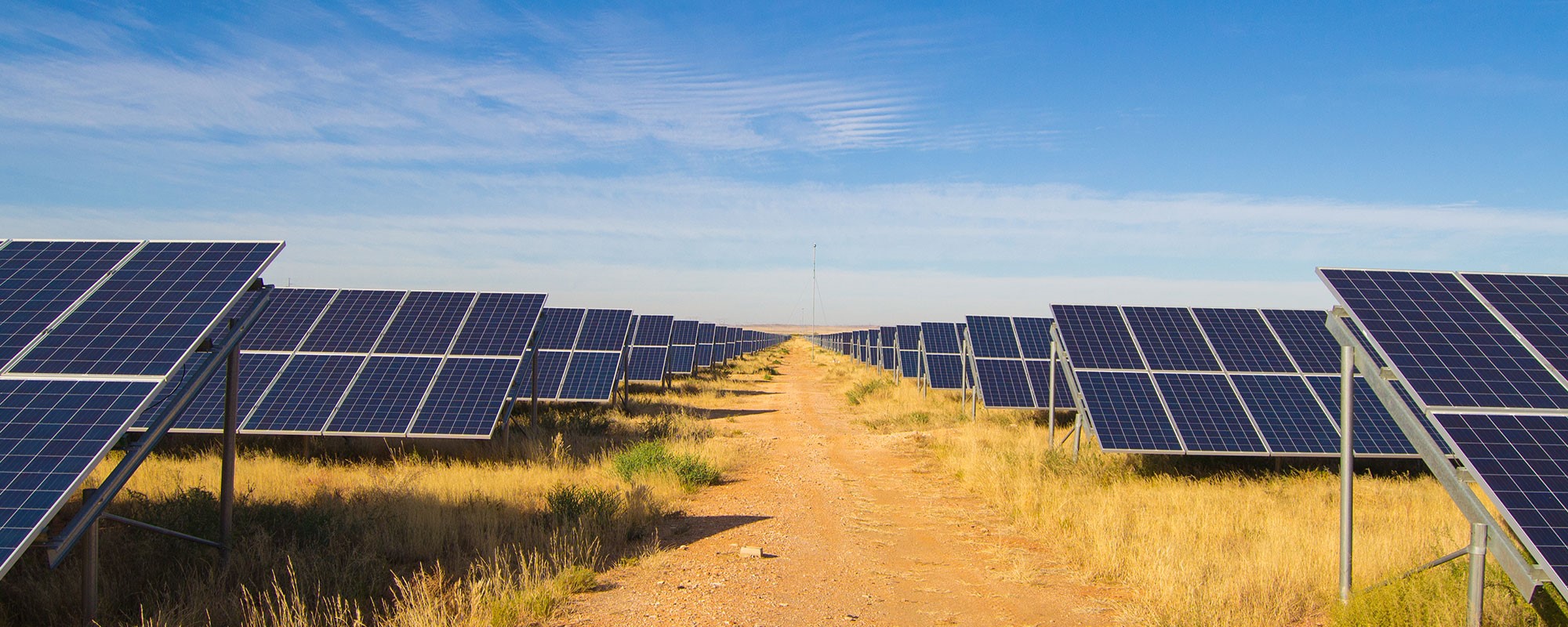
Angola
Category
6 of 7
| Risk type | Short | Long |
|---|---|---|
| Sovereign | ||
| Public | ||
| Bank | ||
| Corporate |
The icons indicate EKN's risk assessment.
A lower country risk category means a lower country risk. The icons mark EKN's ability to cover risks to different buyers in the country.
-
No policy established
- EKN has not analysed this country recently and therefore has no current opinion. If an exporter submits an application for such a country, EKN performs an analysis of the country at short notice and determines a policy.
-
Normal risk assessment
- EKN decides on guarantee issue based on an assessment of risk in the transaction. There are no predefined restrictions in the risk assessment or assumptions for risk assessment.
-
Restrictive risk assessment
- EKN sets stricter requirements in the risk assessment in order to guarantee a transaction. EKN may have specified special criteria that are key to the risk assessment of the guarantee holder category in question. This may mean that EKN sets a requirement that the counter party must have its own hard currency earnings or that external support can be expected, or that EKN sets a requirement for a letter of credit, government or bank guarantee. If the formulation of the transaction deviates from a defined restriction, we normally set more stringent conditions and may in the worst case refuse to guarantee the transaction. More stringent conditions may be that we reduce the sum guaranteed, raise the premium or require some form of security.
-
Normally off cover
- Here EKN does not normally cover currency transfer risks. However in some circumstances EKN may be able to go further with high risk countries than the restrictions of the country policy indicate. The application is then tested under the so-called GSL facility, which refers to guarantee issue with special country evaluation. There are specific requirements for this, primarily that the exporter has experience of the market in question. The risk is then shared with the exporter and by means of a mark-up on the premium.
-
OECD or EU countries
- Because of EU rules, EKN cannot issue guarantees for transactions with a risk period of less than two years for exports to Australia, EU countries, Iceland, Japan, Canada, Norway, New Zealand, Switzerland or the USA. If you have any questions, please telephone us on +46 8-788 00 00.
Country risk analysis
Country risk analysis archive
Country Risk Analysis of Angola
The latest Country Risk Analysis of Angola was issued in July 2025.
Background
Angola’s economy is dependent on the oil sector, which accounts for approximately one third of GDP, nearly all foreign exchange earnings, and around two thirds of government revenue. High oil prices combined with a reconstruction boom after the end of the civil war in 2002 led to very strong economic growth in the early 2000s. Angola therefore holds a mid-level position in sub-Saharan Africa in terms of GDP per capita.
This positive trend came to an end with the oil price collapses of 2015 and 2020, which resulted in economic decline, high exchange rate volatility, and significantly weakened public finances. During the same period, EKN downgraded Angola two notches, from country risk category 5 to category 7. It was not until June 2023 that the country was upgraded to risk category 6, thanks to higher oil prices and reforms.
Under President Lourenço and Finance Minister Vera Daves, a currency reform has been implemented, and privatisations of the state-dominated economy have begun. Since 2018, an import substitution programme (PRODESI) has been implemented with some success, and certain measures to reduce corruption have been undertaken. Agriculture and diamonds are viewed as sectors of the future. In addition, VAT and a new fiscal framework have been introduced.
The economy’s high sensitivity to changes in oil prices, declining oil production, and the global trend towards increased use of renewable energy pose significant credit risks for the country. Angola is a high-cost oil producer with limited institutional capacity to adapt. Its large agricultural sector and low income levels mean high vulnerability to physical climate risks such as floods, rising sea levels, storms, and fires. While water scarcity is a minor risk for the country overall, it is a very significant risk in the southern and south-eastern regions. In the ND-GAIN Index (2023), which measures countries’ vulnerability to climate change and their ability to mitigate the associated risks, Angola is ranked 158 out of 187 countries.
The country’s institutions are among the weakest in the world, as reflected in its low ranking in the World Bank’s Worldwide Governance Indicators (WGI). This implies a limited capacity to manage high levels of public and external debt, as well as external shocks. Angola’s sovereign wealth fund, the Fundo Soberano de Angola, and its macroeconomic framework have limited capacity to handle oil price fluctuations. The sovereign wealth fund amounts to just over two percent of GDP, which is too small to make a decisive difference during oil price slumps. There are also insufficient fiscal resources to meaningfully capitalise it.
Consequently, significant fluctuations in public finances and hard currency availability will remain a natural part of the economy for the foreseeable future. Around 70 percent of government debt is denominated in foreign currency, making exchange rate depreciations have a major impact on public debt levels in kwanza. Unemployment stood at 30 percent in 2024, and average per capita incomes are declining. Over the past decade, real GDP per capita growth has averaged -2.7 percent per year. Only minor changes are expected regarding economic diversification, the sky-high unemployment, income disparities, and very weak institutions in the coming years.
Limited direct impact from US tariffs
In April 2025, the USA imposed base tariffs of 10 percent on most countries worldwide. Angola was also subject to punitive tariffs of 32 percent, which were later suspended for three months. However, the direct effect of Trump’s tariffs will be limited even if the country-specific tariffs are reinstated. Exports to the USA account for only about one percent of Angola’s total exports, and oil exports are exempt from tariffs.
Lower prices for oil and other commodities, as well as reduced demand from China, could, however, have significant economic consequences in the event of a global recession. Oil prices have been volatile in the first half of 2025 and have at times fallen below USD 70 per barrel, which is the price assumed in the state budget. Due to the tariffs, long-term forecasts have been lowered to around USD 65 per barrel, but they could be revised upwards depending on instability in the Middle East.
Diamond prices have been falling since 2022 and risk further declines due to increased competition from synthetic diamonds, as well as the tariffs. Consequently, diamond exports currently provide no support. Public debt as a share of GDP is therefore expected to rise slightly in 2025, according to the IMF, and the long-term downward trend in indebtedness will likely stall at just over 60 percent of GDP. Since 2017, China’s share of external debt has fallen from just over 50 to just over 30 percent, but Chinese loans have largely been replaced by Western debt.
This means total external debt remains close to its peak of just over USD 50 billion, reached in 2022. The cost of government debt is high, equivalent to 20-30 percent of budget revenues, and the repayment profile for external debt is steep over the next decade, with large Eurobond maturities in 2028-2030. The high share of foreign currency-denominated debt has also posed a problem for the Ministry of Finance in recent years due to exchange rate depreciations.
At the IMF and World Bank Spring Meetings in Washington, Vera Daves opened up for a potential new IMF programme, which would have a stabilising effect. However, further extensive reforms are unlikely given the election scheduled for August 2027. In the last election, the opposition (UNITA) shocked the ruling party (MPLA) by winning nearly 50 percent of the vote. MPLA will therefore not take any risks in the upcoming election and is already showing signs of nervousness.
In previous external shocks, the Ministry of Finance has responded with budget cuts, such as in 2023 when cuts equivalent to three percent of GDP were implemented. In early 2025, Angola further reduced fuel subsidies, which, if successful, would represent a significant cost saving for the state. According to the IMF, subsidies cost approximately USD 3 billion in 2024. Diesel prices have since risen by 50 percent, but so far without triggering widespread protests.
Despite the US tariffs, growth is expected to average just over two percent per year in 2025-2026, roughly in line with average growth over the past five years. Compared to 2024, however, this represents a halving of growth, which has been volatile throughout the 2020s. Stabilised oil production of just over 1.1 million barrels per day provides support, but growth is mainly driven by agriculture, the fishing industry, and other non-oil sectors.
Exchange rate depreciations in 2023 and 2024 pushed inflation up to nearly 30 percent in 2024, but according to the IMF, inflation is expected to decline towards 10 percent in the coming years. A positive development for income levels is the continued fall in population growth. According to recent statistics from the Angolan National Statistics Institute (INE), fertility has dropped from 6.2 to 4.8 children per woman over the past eight years.
On the external side, the kwanza has stabilised at a new level since October 2024, contributing to falling inflation. The central bank’s foreign exchange reserves have risen to over USD 15 billion, equivalent to more than seven months of import cover, which is a reassuring level. The state thus has sufficient hard currency liquidity to meet external payment obligations, and the expectation is that these will be prioritised over general hard currency liquidity within the economy.
For companies and banks, this means continued weak hard currency liquidity, which has led to delays in some of EKN’s transactions. Lower oil prices increase pressure on the currency and reserves, while the current account surplus has shrunk to around one percent of GDP, pointing to a continued challenging hard currency situation in the private sector. Additionally, large annual debt repayments by oil companies in Angola to parent companies abroad take place.
These repayments are recorded as foreign direct investment (FDI) in the balance of payments and have resulted in an almost constant net outflow of FDI over recent decades. The foreign exchange market introduced in 2020 is fragmented, which was evident when the Ministry of Finance stopped selling hard currency in June 2023. Banks with significant exposure to the oil industry still had relatively good hard currency liquidity, while smaller banks were hit harder.
In September 2024, the Bank of Angola introduced a regulatory change requiring commercial banks to sell 30 percent of dollar liquidity from oil and diamond companies on the domestic foreign exchange market, or sell the surplus liquidity to the central bank if this is not possible. This regulatory change has the potential to reduce market fragmentation, and some of EKN’s buyers report a slightly improved hard currency situation in spring 2025.
Overall, recent risk developments confirm Angola’s position in the weaker part of country risk category 6. The underlying trend is one of stabilisation in country risk in recent years, but the high volatility in public finances and the exchange rate will remain a persistent feature of the economy even in the medium term.
Business environment
The business and regulatory environment in Angola is generally very challenging due to high inflation, high labour costs, extensive bureaucracy, widespread corruption, and weak institutions. The legal system is weak, burdened by corruption, and politically influenced. Some improvement has occurred under President João Lourenço (2017–), and the trend in WGI indicators has generally been positive over the past decade. Improvements mainly concern corruption levels, with the country’s percentile ranking rising from 5 out of 100 ten years ago to 29 out of 100 in 2023.
Since 2020, a foreign exchange market exists where the Ministry of Finance, oil companies, banks, and insurance companies can trade. An import licence is required to secure hard currency, but otherwise the regulatory framework is now relatively liberal.
The euro dominates over the US dollar, partly due to the link with Portugal but also because few banks have correspondent banking relationships in the USA. Angola has still not ratified IMF Article 8, which means the kwanza is not convertible abroad. All conversions must take place within the country. Since 2024, Angola has been included on the Financial Action Task Force (FATF) “grey list”. This means FATF has found structural weaknesses in the anti-money laundering/counter-terrorism financing framework. Being listed may reduce the willingness of Swedish and international banks to process payments from Angola.
EKN’s business assessment considers the risk of negative impacts on human rights (HR). EKN’s focus is on potential impacts arising from operations in the countries where the exported goods will be used. In this context, issues such as working conditions, child and forced labour, excessive use of force by security forces, indigenous peoples’ rights, and land rights are of particular importance. In Maplecroft’s HR Index for these dimensions, Angola shows a significantly higher human rights risk profile compared with OECD high-income countries. Even compared with countries at the same income level, Angola scores higher risk levels on most of these indicators.
EKN’s policy
EKN is open to sovereign risks but exercises caution due to significant exposure to public risks. For other public sector risks (such as authorities, municipalities, and cities), a requirement for a letter of credit, bank, or sovereign guarantee applies. For banks and companies, elevated premium rates apply for longer risk tenors.
EKN’s commitment and experience
Demand for sovereign risk transactions remains high in Angola. EKN’s total guarantee exposure is almost exclusively sovereign risk. Currently, there are six guarantees and two offers with public buyers (in the power, transport, and transmission sectors). On the private side, exposure mainly relates to transport and construction equipment (spare parts, trucks, construction machinery).
EKN’s payment experience is very good in guaranteed transactions, both with public and private buyers. A few hard currency-related delays exist (in the paper industry), along with a small outstanding claim (also in the paper industry).
Angola has renegotiated its debts twice in the Paris Club, in 1989 and 2006, without any formal debt cancellation. The 2006 agreement was prepaid. Other ECAs within the OECD continue to report good payment experience with Angola.
Learn more about exporting to Angola

- Sustainability
Largest ever sub-Saharan solar project
Attractive financing helps Angola harness the power of the sun in a 370MW solar project with substantial Swedish deliveries by Hitachi ABB Powergrids to electrify rural areas and help combat climate change.
Largest ever sub-Saharan solar projectMore for companies that want to export to Angola

EKN's guarantees
EKN's guarantees reduce the risk of payment defaults and help banks support businesses. Which guarantee suits your needs?
EKN's guarantees
Guarantee guide
Are you unsure which guarantee is the best fit for your specific transaction? Try our guarantee guide.
Guarantee guide